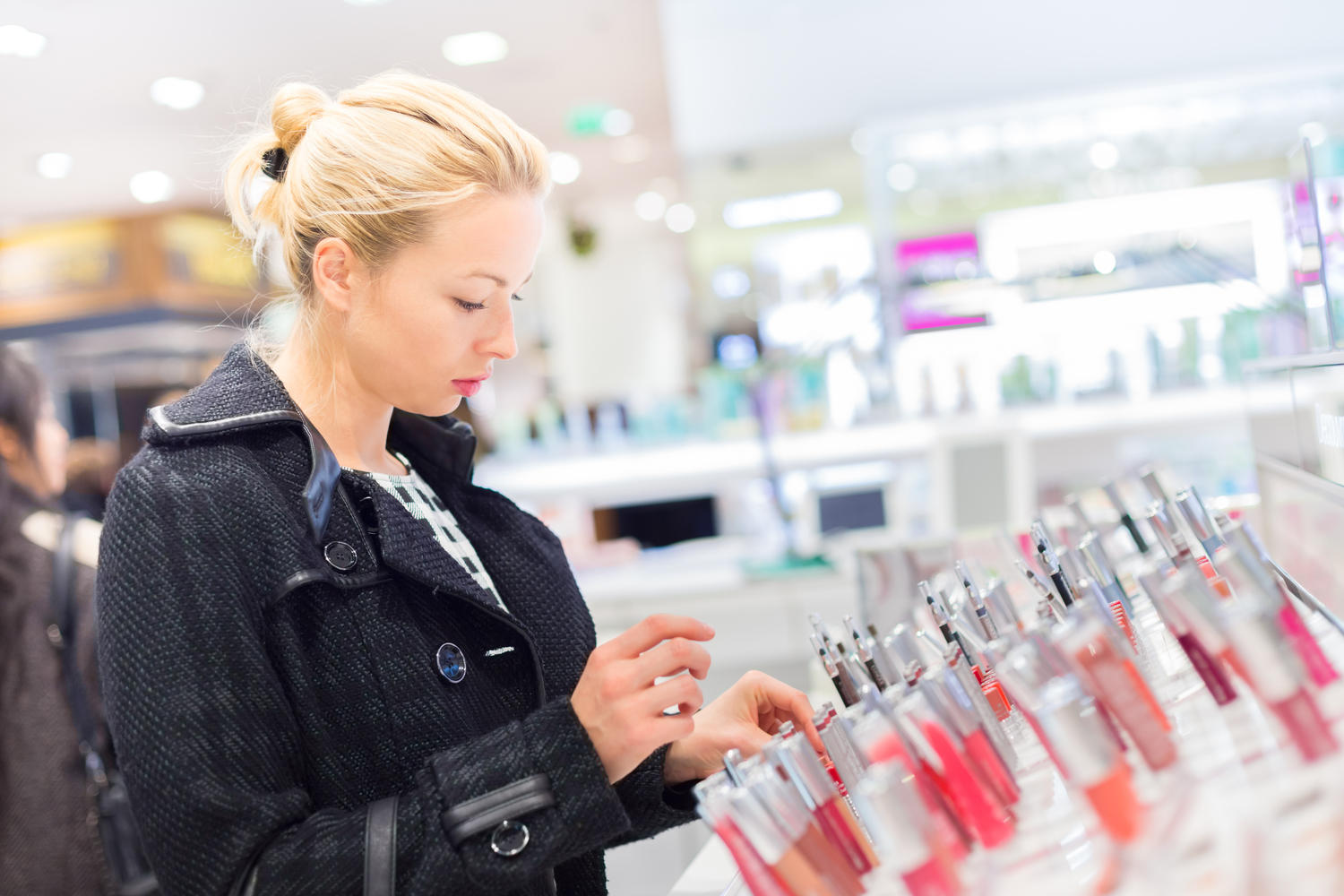Essential Components in Lipstick Formulation: The Top 6 Ingredients
Discover the six key ingredients essential to lipstick creation, including waxes, oils, shea butter, preservatives, pigments, and fragrances. These elements ensure quality, safety, and vibrant color in your favorite lip products. Learn how brands prioritize health and innovation in cosmetic formulations.

Lipstick remains a staple in makeup collections worldwide, tracing back thousands of years to ancient Egyptian society. Once a symbol of status, it has evolved into a daily beauty essential for women everywhere. As demand rises, cosmetic companies innovate with diverse shades, textures, and finishes.
Curious about what goes into your favorite lipstick? Here are six vital ingredients used in its production:
Waxes
Waxes provide the main structure for lipstick, allowing it to hold its shape. Common options include beeswax, candelilla, carnauba, and ozokerite. Vegan brands often prefer candelilla, while carnauba from Brazilian palms offers a high melting point for stability.
Oils and Fats
These facilitate smooth application, helping spread wax evenly and prevent melting. Typical choices are mineral oil, lanolin, castor oil, and various vegetable oils, all refined for safety and performance.
Shea Butter
Known for its moisturizing properties, shea butter keeps lips soft and hydrated, making it a common ingredient in lip products.
Preservatives
To prolong shelf life and prevent spoilage, preservatives and antioxidants are incorporated. Reputable brands use safe, organic options tailored to different lipstick formulations.
Pigments
Responsible for color, pigments include reds, pinks, peaches, purples, and blacks. Trusted manufacturers ensure pigments adhere to safety standards like those set by the FDA and avoid allergens such as carmine.
Fragrance
Fragrances mask any undesirable odors from other ingredients. Many organic brands utilize natural fragrances to enhance purity and safety.
Always review ingredient labels for safety assurances, especially regarding pigments and preservatives. Reputable brands follow strict regulations, ensuring safe and effective lipsticks for consumers.


